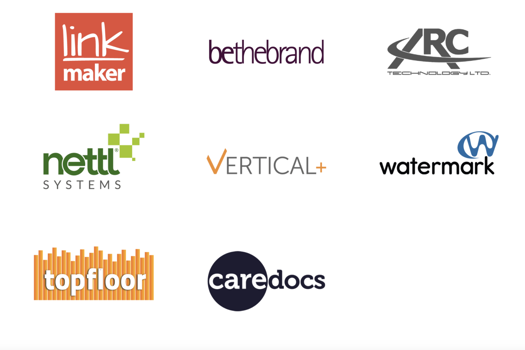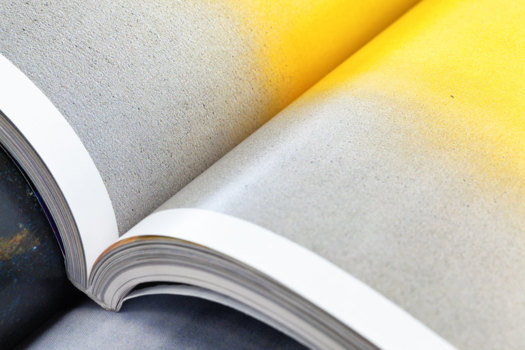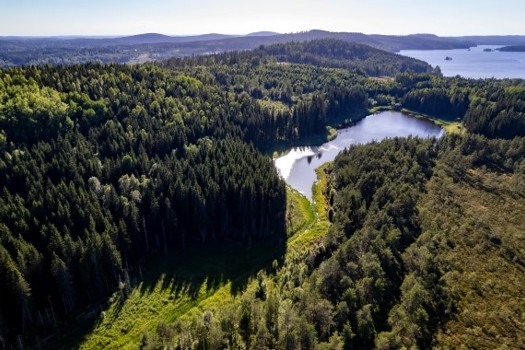In 1995, Manroland launched the 900 press series, an improvement in terms of both speed and automation on its predecessor, the 800. It boasted semi-automatic plate-loading as standard, along with three-way register adjustment, sheet arrival time adjustment and automated ink roller and blanket wash-up.
Originally only available in two size formats, the 5 and the 6, in 2001 the German manufacturer introduced the 7 (1,200x 1,620mm) and in 2002 added the 900 XXL in size 8. This allowed a larger sheet size of 1,300x1,850mm at a maximum speed output of 11,000sph. With the growth in point-of-sale print, the 8 proved popular.
Then, in 2007, the manufacturer claimed a 20% increase in the page impressions of the 7 XXL range after adding 60mm to the sheet length and forming the 7B-plus format.
Popular choice
According to Dean Beckett, sales director at used machinery dealer DPM, the 900 machines are popular on the secondhand market.
"Compared to the 800, the 900 was a fully automated machines, which was exactly what the market needed," he says. "The 900 also had quicker plate loading and automatic wash-up systems."
Optional extras include automatic non-stop feeder, chambered doctor blade and roller gantry, double coaters, automatic non-stop delivery and alcohol-free printing.
Popular they may be, but 900s are rare on the secondhand market, according to Stephen Lo, director at used equipment dealer BBR Graphics.
"This is because there was a gap between the 800 and the 900. In 1994, Manroland stopped making the 800. At the same time, KBA started getting into the large-format market so, as a result, there are more KBA machines out in the field," he says.
As a consequence, the KBA machines are more readily available on the secondhand market compared to the 900. Lo adds that the Manroland 900 is also more expensive than the KBA.
"It's hard to get it at a reasonable price in the European secondhand market," says Lo.
When sourcing a model, DPM's Beckett warns that an experienced, reputable dealer should be sought.
"You have to bear in mind the enormity of the machine itself and the dealer has to be used to moving such huge machines and installing them," he says.
"As usual, check wear and tear, as well as maintenance," adds BBR Graphic's Lo.
The machines can cost up to £1m on the secondhand market. For a 2002 four-colour machine expect to pay around €600,000 (£514,000). There are lots of alternatives, especially from the Japanese market, such as Komori and Mitsubishi, but Lo adds that there are not many of them available on the European market.
Specifications
Format sizes
900: 5, 6
XXL: 7, 8
Max no of units 8
Max speed
900: 14,000sph
900 XXL Format 7, 7B,
7B-plus: 13,00sph
Format 8: 11,000sph, opt 12,000sph
Max sheet sizes
Size 5 890x1,260mm
Size 6 1,000x1,400mm
Max print area
Size 5 880x1,260mm
Size 6 990x 1,400mm
Stock thickness 0.4-1mm
Footprint
900 size 5 with extended delivery, coater and five colours: 1.4x4.6m
Weight
Size 5 plus five-colours no feeder and delivery piles:79 tonnes
Price 2002 four-colours: £514,000
What to look for
Installation
Wear and tear










